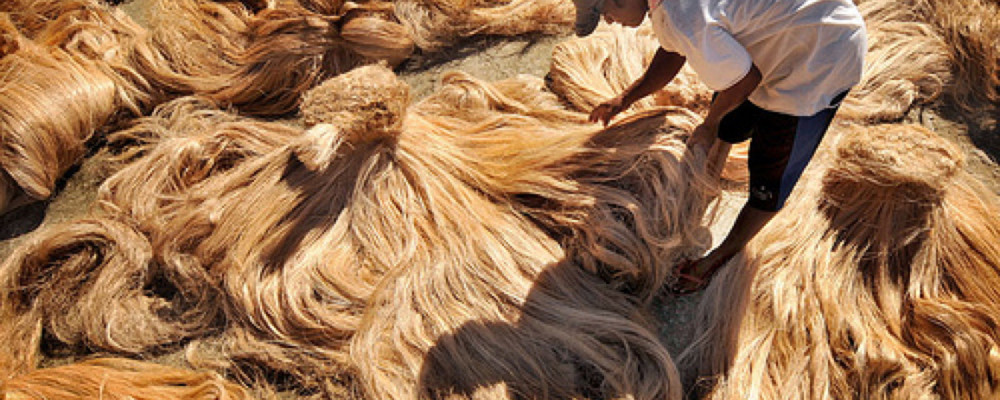
What is banana fibre and how do you make textiles from it?
The non-fruit bearing species of banana, abaca (Musa Textilis), has been grown for centuries for use as a textile fibre. Also known as "Manila hemp", banana fibre production and its trade has centred primarily around The Philippines due to the plant's abundance and quick regrowth.
But who first made fabric from bananas? Someone who saw the strength and durability it could bring!
What is abaca (banana)?
Bananas grow on plants, rather than trees, with the fruit technically being a berry. The leaf sheath around the base of this herbaceous flowering plant is where you find the hidden fibre resource - not in the fruit at all. The abaca variety grows non-edible fruit, but some farmers can also take the banana fibre from a plantain species, therefore utilising the whole plant.
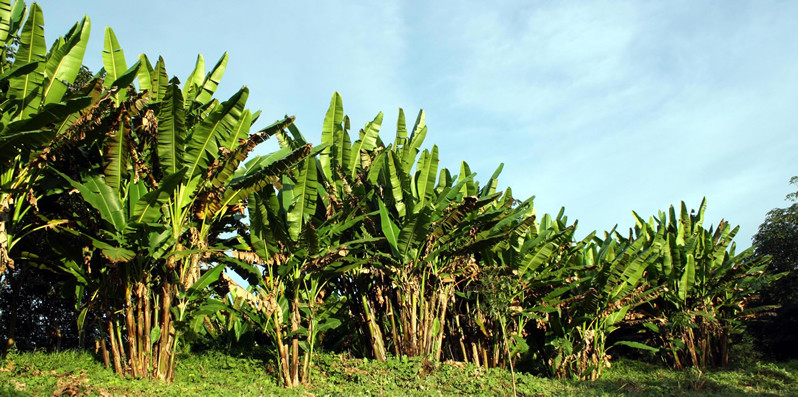
How do you grow banana plants for use as a fibre?
It is a relatively slow cultivation process, with abaca stalks taking between 18 and 24 months to grow from the first shoots. Yet, when mature, an abaca plant can provide around 12-30 leaf stalks each an astonishing 12-20 feet in height. That’s a pretty big leaf sheath! Once the tree has grown to this size, farmers can harvest every few months for further stalks, which makes abaca a cash crop after the initial growing period.
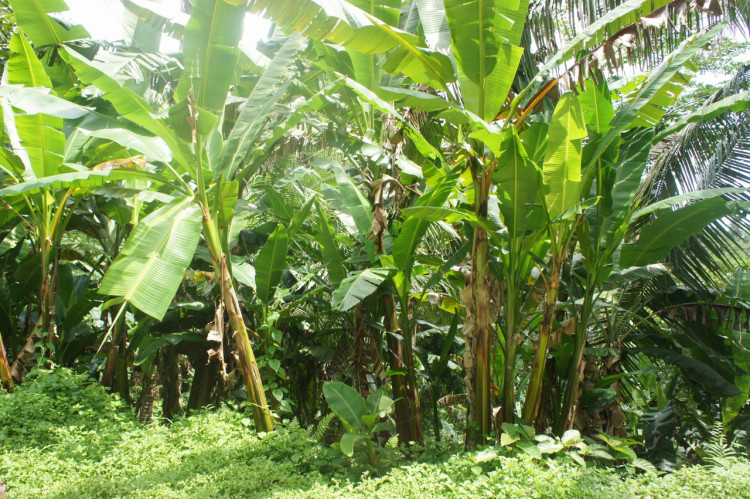
How is banana fibre made?
Banana fibre production includes laborious methods of cultivation, fibre extraction, fibre processing and sorting. From this comes a tough but fine and lustrous fibre that when woven is a supple yet versatile textile. Generally woven in small communities on electric-free looms, abaca fibre is low impact, low (mechanical) energy and requires no chemicals to grow or process. As the tree is grown locally, it is also low in transportation impact.
@OffsetWarehouse educating on how #bananafibre is made.

In order to create this plant fibre, the trunk of the tree is soaked in nearby rivers for softening, making it more manageable to separate the fibres, which are then extracted - either by a stripping machine, or by hand - and then knotted in to yarn. Around a billion tonnes of banana plant stems are wasted each year, despite research from the Handbook of Fiber Chemistry indicating that it would only take 37kg of stems to produce a kilogram of fibre. It seems that a significant amount of banana leaves are wasted each year, because demand for this unusual textile just isn’t high enough yet.
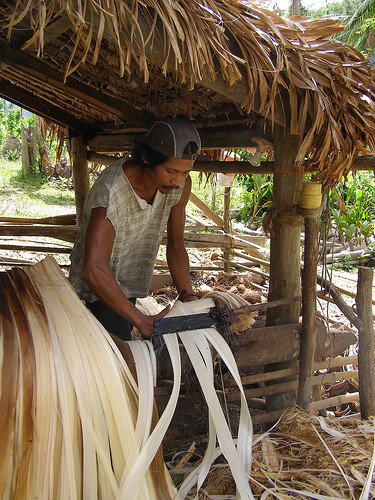
The two banana blend fabrics that we sell at Offset Warehouse - banana organic cotton taffeta and structured banana pineapple silk - are woven by women on electric-free looms in a co-operative in the Southern Phillipines. It means that this fibre is low impact, low mechanical energy (as they choose the hand-stripping method), low transport and both the cultivation and processing requires no chemicals. It is washed for weaving in nearby rivers, is hung to dry in the sun and uses human power to create.
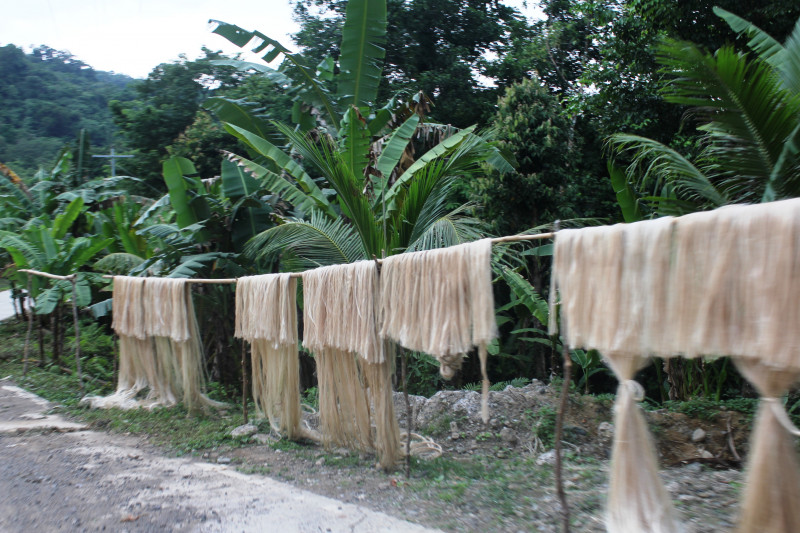
What is banana fabric used for?
Abaca (banana) fabric is believed to have evolved in the Philippines region, where global production of the fibre mainly comes from. It is now also grown as a commercial crop in other parts of the world, including Ecuador and Costa Rica. Abaca fibre was once referred to as Manila hemp, because it’s such a strong and versatile fibre, growing quite readily. The main exports are as twine and speciality paper (including tea bags, filter paper and banknotes!), but now, abaca is becoming known in the textile world too.
#BananaTextiles are low impact, technically a byproduct and are beautiful! @OffsetWarehouse tells all.

Depending on whether you have a 100% abaca composition, or a blend, like our selection with organic cotton or pineapple fibre and raw silk, the textile can have many unique characteristics. Generally the hand feel is structured but will soften over time, to be used in embroidery, millinery, couture finishings (binding, ribbons) and avant garde fashion. It could also be used in making luxe accessories if you line/back the fabric to further strengthen it, for decorative tableware and even interior blinds.
You could even naturally dye these textiles, as they're a porous plant material. Synthetic dyes would be too acidic for the delicate fibres, so anything by hand would be a really stunning respect for the handicraft and artisanship of the textile's lengthy production.
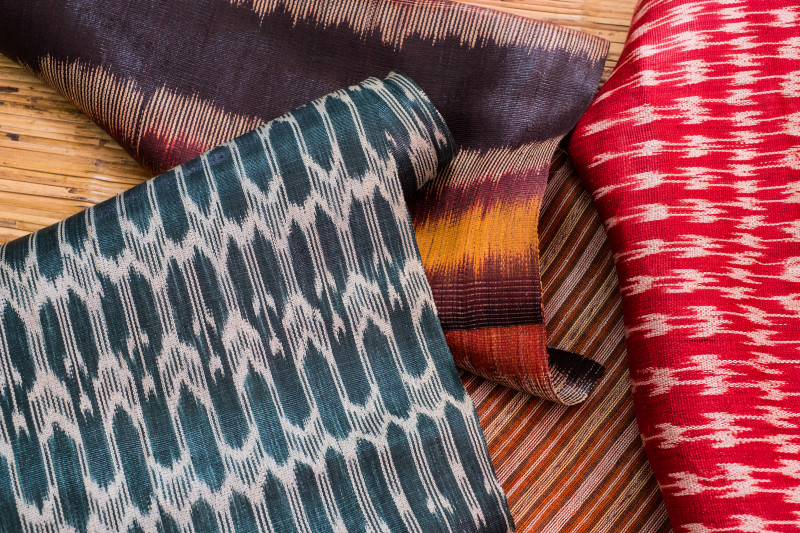
How do I look after fabrics made from banana fibre?
Banana fabrics are great when merely steamed. This is a low energy solution to freshen up your textiles anyway, but steaming any products made in this textile in your shower room or with a gentle iron, will help relieve any wrinkling or creases. You can wash by hand or even in your machine on a cold delicate wash. As our textile selection includes blends with cotton and silk, you can care for abaca textiles in a similar way to the other fibres in the blend.
>> Register, and upgrade as a Professional Member of The Sustainable Fashion Collective for full access to our archive of Masterclasses on ethical fabrics and sustainable fibres. <<
Are these ethical textiles?
At Offset Warehouse ethical and sustainable fabric shop, we only choose fabrics that are good for people and planet. Ethically and environmentally, the resurgence of both abaca and pineapple for textile use encourages regeneration: both of traditional artisanal skills to employ communities, and of renewable hardy plant fibres. These are incredibly labour-intensive textiles to produce, requiring both hard graft and skill, though once in place, there can be a continual harvest.
Renewable, soil health and low impact
Unlike cotton, which requires tilling to re-fertilise the soil, abaca plants will regrow in the same place. The plants also don’t need any additional land, water or fertilisers to grow and they'll even grow roots long enough to hold the land in place, helping to prevent landslides. Banana textiles are minimal impact due to its low water consumption (local rivers and tropical climate), low energy (generally only using people power, though differs between makers), and they also require no chemicals in growing or fibre production.
Non-GMO, non-toxic
They also do not need or use genetically modified crops ensuring the sustainability of farmers’ livelihoods. Banana fabrics are azo-free because dyes are not used, allowing the natural characteristics to shine, as well as ensuring no chemicals re-enter the local water supply. Grown close to or even within the small weaving communities, means that transportation is minimal.
Where can I buy banana fabric?
Our selection of abaca (banana) textiles at Offset Warehouse are woven within small weaving communities on an island in the Southern Philippines. The abaca is grown locally, though to increase versatility, strength, durability and purpose, this fibre is blended with organic cotton grown in the US, raw silk cultivated in the Philippines and mulberry silk from Canada. We also have a blend with pineapple fibre!
Structured banana pineapple silk, is a 25% banana, 25% pineapple and 50% raw silk fabric that is soft yet structured, with a wonderfully characterful grain caused by the unique fibre blend. This is perfect for adding structure to a garment, as a stiff base for embroidery or even as super posh blinds and lampshades.
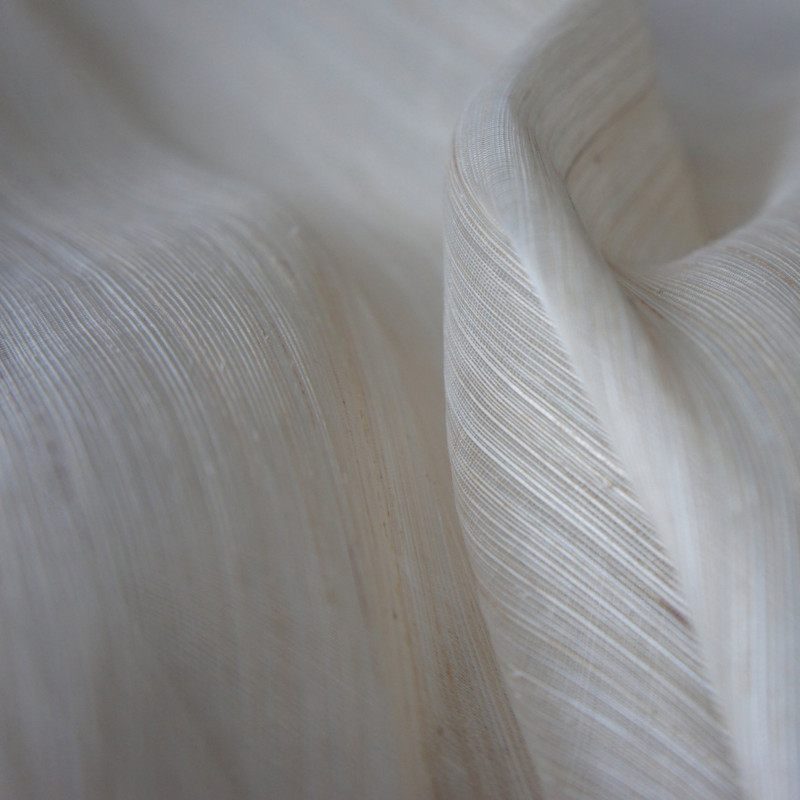
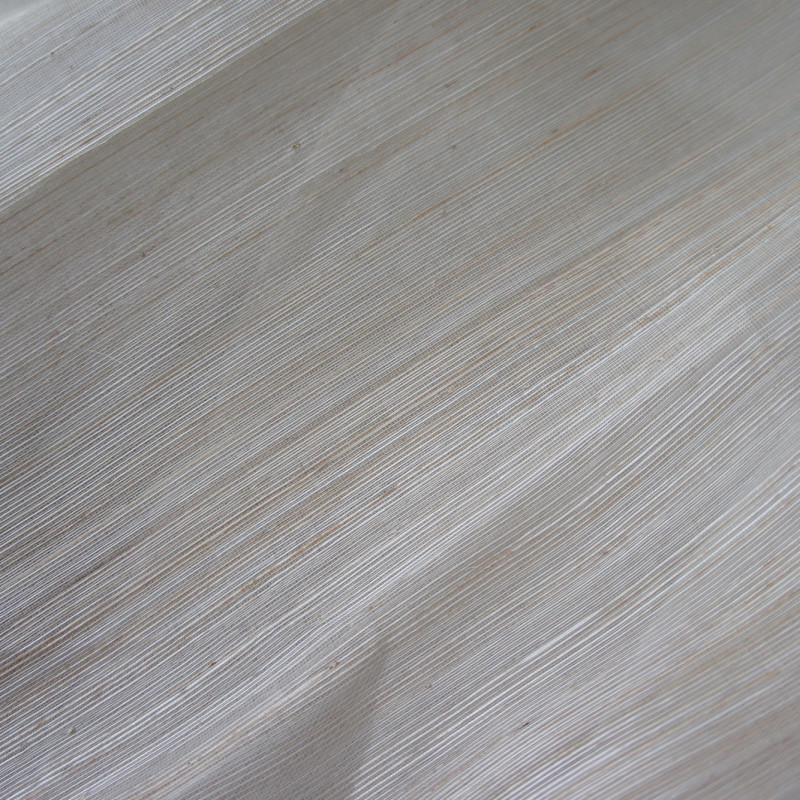
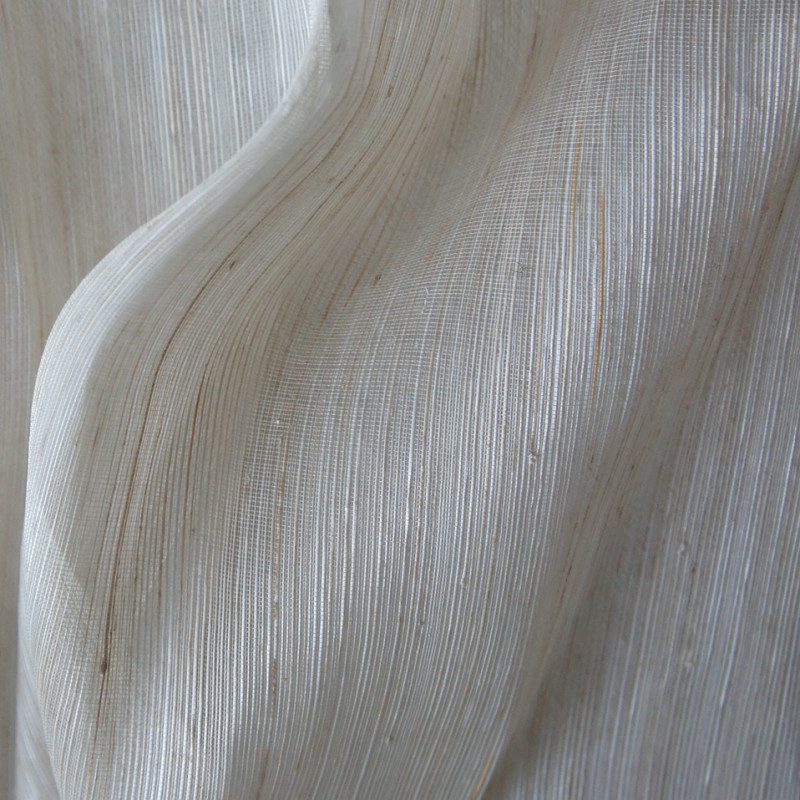
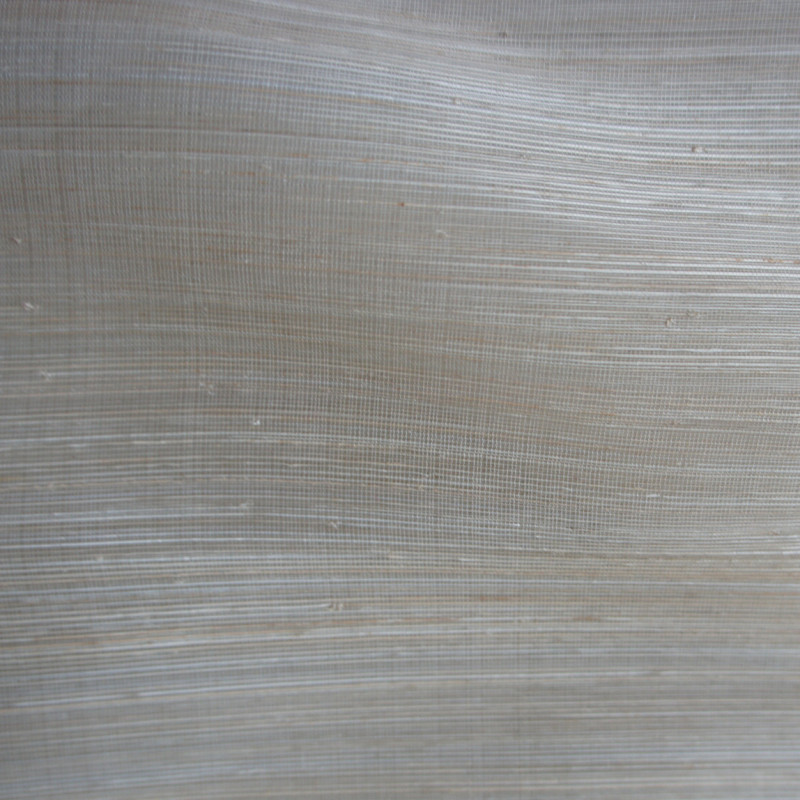
@OffsetWarehouse exclusively sell luxurious banana cotton silk blend fabrics made by hand.

Banana organic cotton taffeta, is a luxurious special blend of 50% abaca and 50% US-grown organic cotton. It is lightweight and supple, with a meshy appearance that is just perfect for millinery, couture trims and super fine embroidery work.
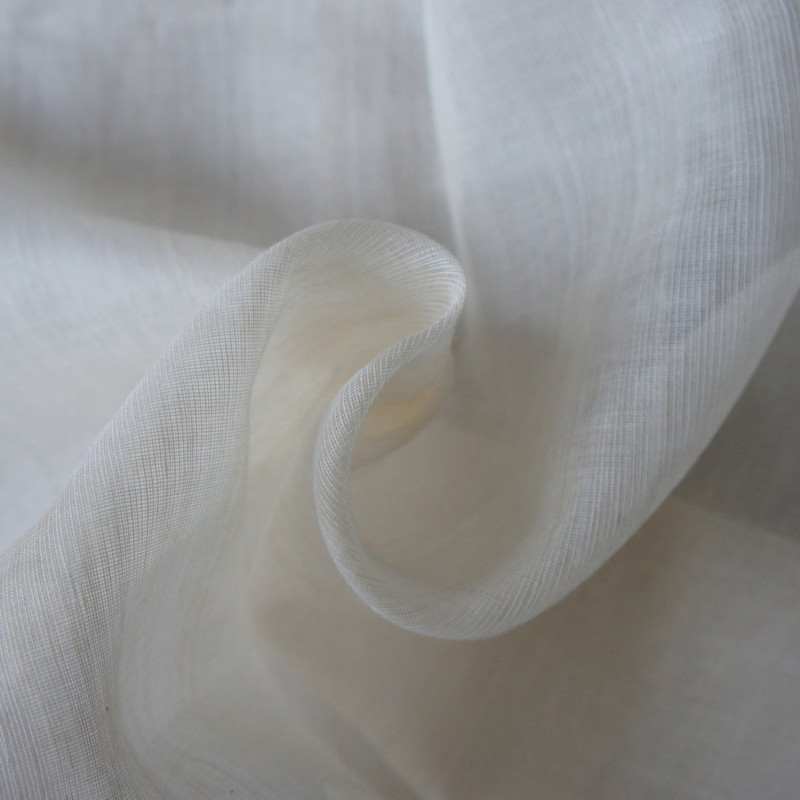
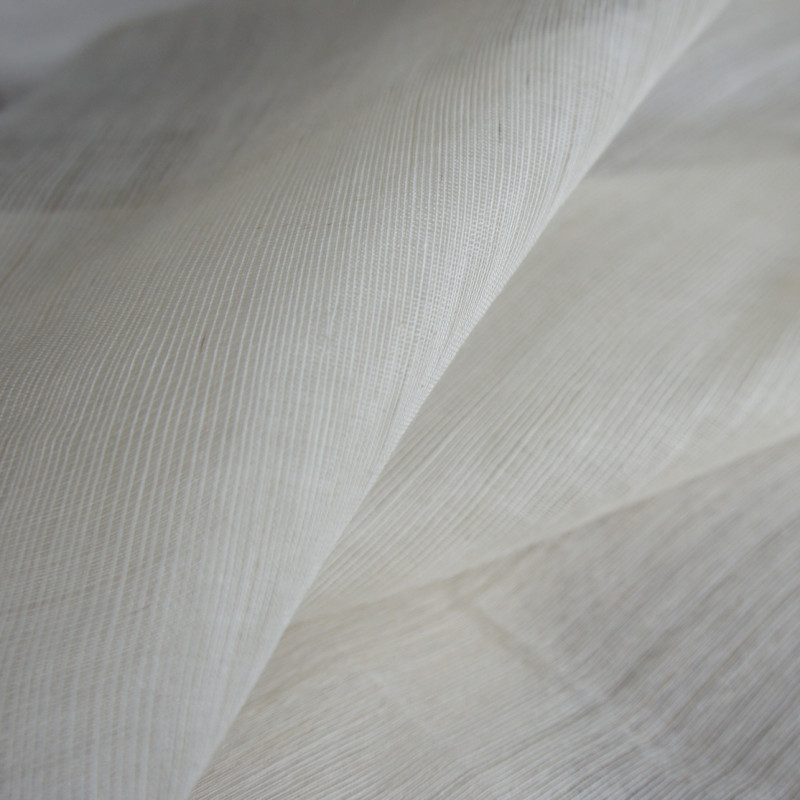
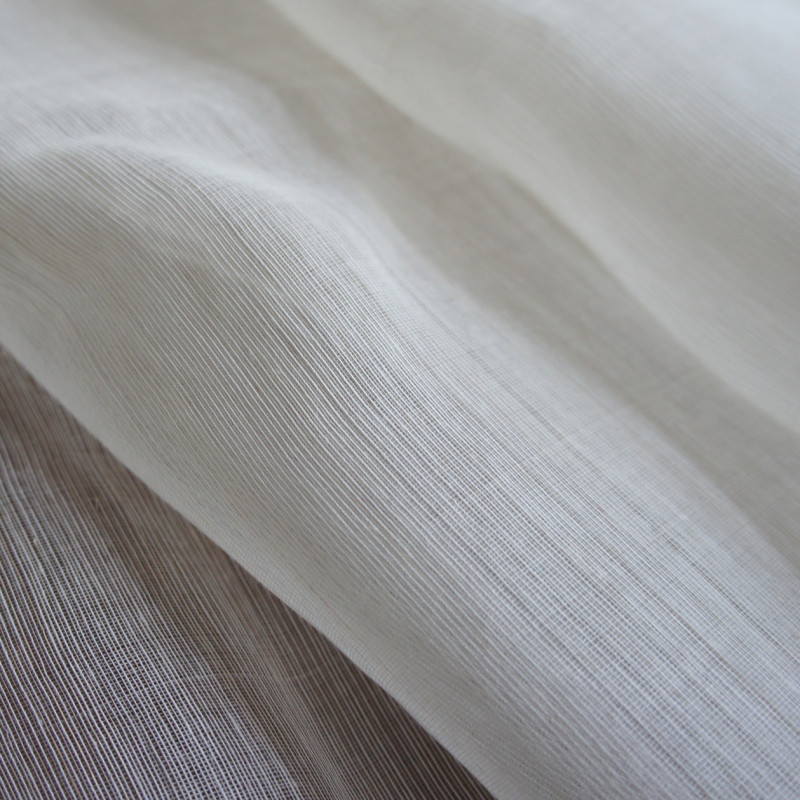
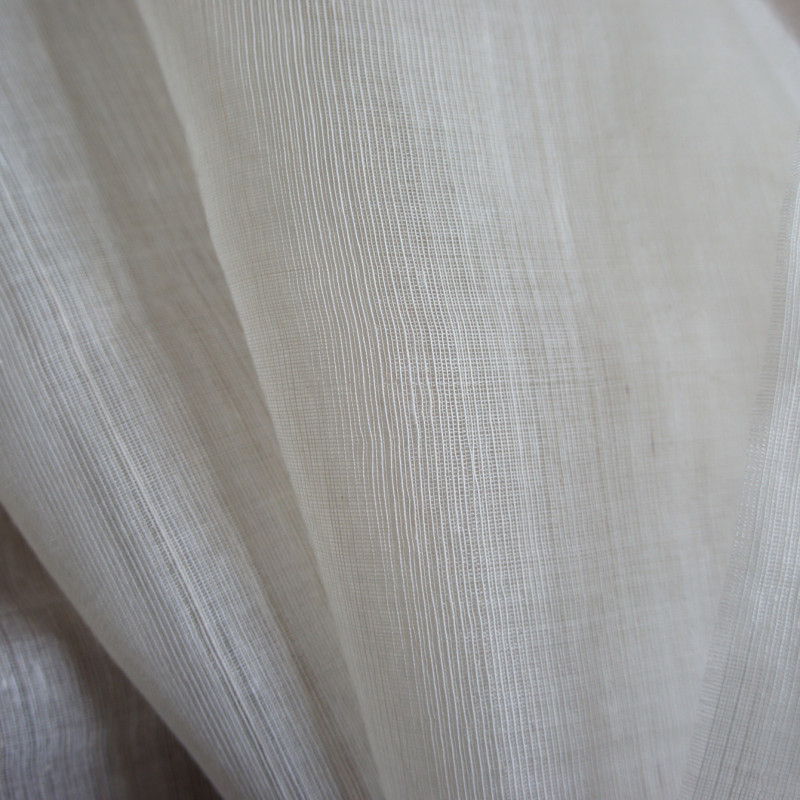
If you found this interesting, perhaps you would enjoy receiving our twice-monthly newsletter that brings you updates from the world of sustainable textiles, information on incoming stock - like these beautiful banana fabrics - and carefully selected lessons to increase your knowledge on ethical textiles. Sign up here!
For further (more vigourous) reading, see these additional links:
Far Easten Agriculture: facts and economy
Britannica: technical aspect of growing
Wigglesworth Fibres: a brief explanation
The Story of Abaca: Manila Hemp's transformation from textile to marine cordage and specialty paper
Historic abaca cloth from Museum of Fine Arts Boston
Trusted Clothes: biodiversity
Video of banana abaca being woven
Video of traditional abaca fibre production in Antique, Philippines
Entrepeneur Philippines: economical
Virtue and Vice fibre descriptions
Other ways companies are using banana fibre [Textile Value Chain]
Interested in learning more about how you can use these fabrics in your collection?
The Sustainable Fashion Collective brings you Masterclasses on specific fibre types. Each Masterclass contains lessons from guest experts, from brands to material innovators.
